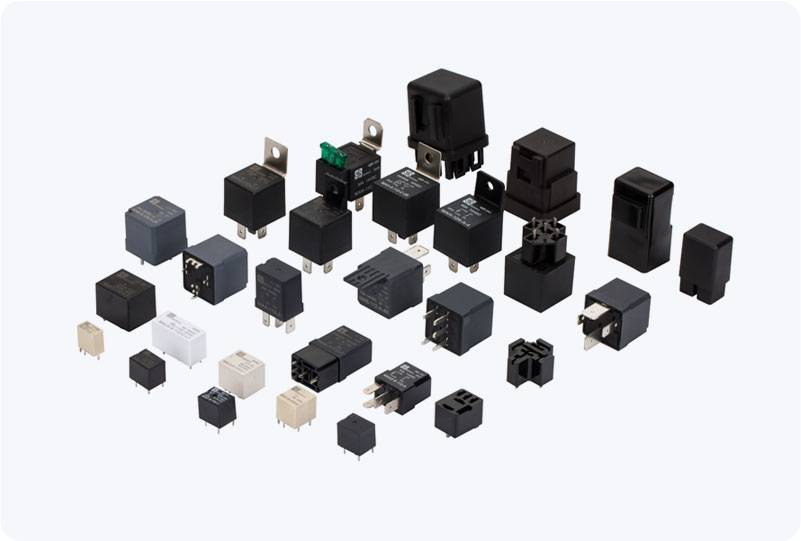understanding thermal management relay: essential protection for electrical systems
Release time:2025-07-22 17:58:32
In today's advanced electrical and electronic systems, managing heat effectively is crucial for maintaining the longevity and reliability of equipment. One of the key components designed to address this challenge is the Thermal Management Relay (TMR). These relays are designed to prevent overheating in electrical systems, ensuring that devices operate within safe temperature ranges and protecting them from potential damage. In this article, we will explore what Thermal Management Relays are, their functions, key features, and their applications in various industries.

What is a Thermal Management Relay?
A Thermal Management Relay is a device that monitors and controls the temperature within an electrical circuit or system. It is designed to cut off the power supply or signal when the temperature exceeds a predetermined threshold, effectively preventing the system from overheating. This is particularly important in high-power applications where excessive heat could lead to failure, fire, or reduced efficiency.
Typically, a TMR operates in conjunction with temperature sensors, which continuously measure the temperature within the system. If the temperature rises beyond the safe limits, the relay will trigger, disconnecting the power or activating cooling mechanisms, such as fans or heat exchangers. Once the temperature returns to a safe level, the relay will restore the power supply, ensuring the system resumes normal operation.

